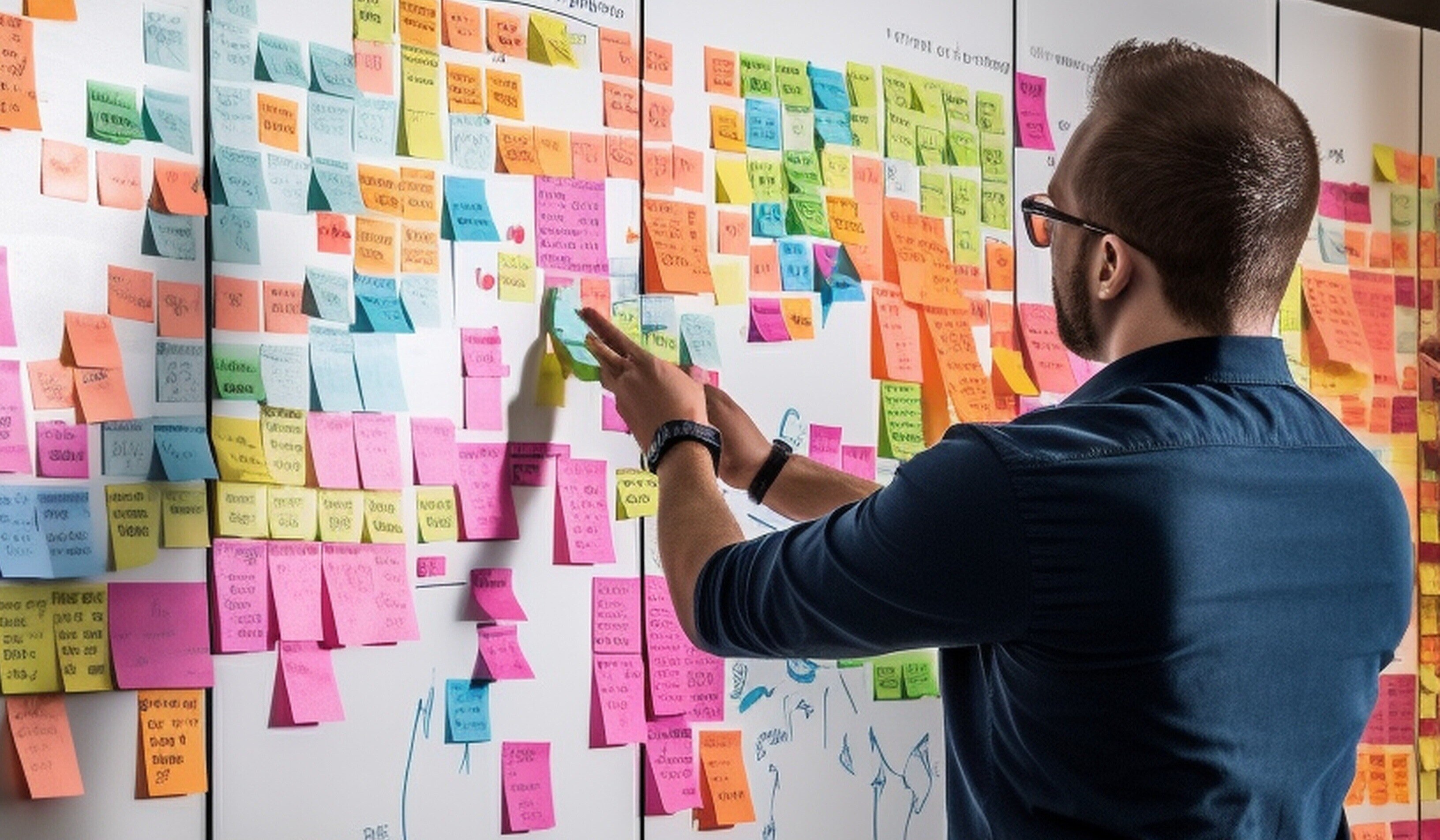EXPERIENCE DESIGN
Optimizing Your P&C Insurance Operations: A User-Centric Approach
The P&C industry is transforming, and keeping up means finding ways to streamline operations, improve experiences, and stay competitive. The right technology and approach can make all the difference.
That's where we come in. Our team works closely with you to identify your unique challenges and craft solutions that drive meaningful business outcomes. By tailoring your enterprise applications to the needs of the people who use them, we enhance both efficiency and user satisfaction, ensuring your operations are not just effective, but also human-centered.
Elevate your Property & Casualty insurance operations with a partner who understands the importance of discovery and alignment.
“As Director of User Experience at NLS, I bring 15 years of expertise in UX design and enterprise applications. I focus on user-centered solutions, cross-functional collaboration, and data-driven insights to deliver systems that meet business goals and empower users."

KATHERINE ENGEL, Director of UX Design
How we execute
Your Path to Improved Risk Management and Streamlined Operations

STep 1
Identify Pain Points
We engage directly with your employees and customers to gather firsthand insights. By understanding their experiences, we can pinpoint specific pain points that may be impacting productivity, user satisfaction, or risk exposure.

STep 2
Research-Driven Solutions
Our team dives deep into user behaviors and needs, specific to the P&C insurance industry.

STep 3
Tailored Design
Every design is tailored to meet the specific needs of your organization and your users. We avoid one-size-fits-all approaches, instead creating solutions that fit seamlessly into your existing processes and culture.

STep 4
Implementation
Our experts work seamlessly with your team to integrate these solutions into your existing infrastructure.

STep 5
Continuous Improvement
Post-implementation, we track key performance indicators (KPIs) to measure the impact of our solutions. This could include metrics like task completion time, error rates, user satisfaction scores, and overall system efficiency.
The Impact on Your Business
By Partnering with Next Level Solutions, You'll See:
Enhanced Efficiency
Streamlined workflows and intuitive systems reduce errors and save time, boosting overall productivity.
Stronger Business Alignment
Solutions that align with business goals drive better decision-making and operational success.
Improved User Satisfaction
User-centered designs lead to happier customers and employees, increasing engagement and retention.
Measurable Results
Continuous optimization ensures sustained KPI improvement, leading to tangible business growth.
Ready to Transform Your P&C Operations?
Take the first step towards optimizing your business. Our team is ready to conduct a comprehensive UX audit of your product, process, or system. Don't let outdated systems hold you back. Partner with Next Level Solutions and lead the way in P&C innovation.
Real Solutions for Real P&C Challenges
- Streamlined operations/Empowered customers: User-friendly online policy change request, reducing customer service time, enhancing risk prevention.
- Revamped policy systems: Consolidated multiple policy systems into one platform while servicing multiple lines of business.
- Increased policies written: Identified abandonment patterns in self-service quote processes, then implemented process changes resulting in higher quote completion and policy buy-in rates.
Your Questions, Answered
UX Design is the art of creating meaningful and relevant user experiences through the entire process of product interaction, enhancing usability, accessibility, and enjoyment.
In P&C insurance, UX design is essential for streamlining processes and improving digital experiences, enhancing customer loyalty and operational efficiency.
We measure UX success by evaluating engagement, conversion rates, error reduction, and user satisfaction, using various tools and metrics to ensure alignment with project goals.
Our UX process identifies gaps in customer and internal team experiences, enabling the creation of intuitive systems that enhance satisfaction and drive innovation.
UI focuses on visual and interactive elements, while UX encompasses the entire user journey, optimizing workflows and minimizing pain points for a seamless experience.
Want to learn more about how our UX services can transform your business?
Fill out the form to receive a detailed PDF about our next level UX capabilities.